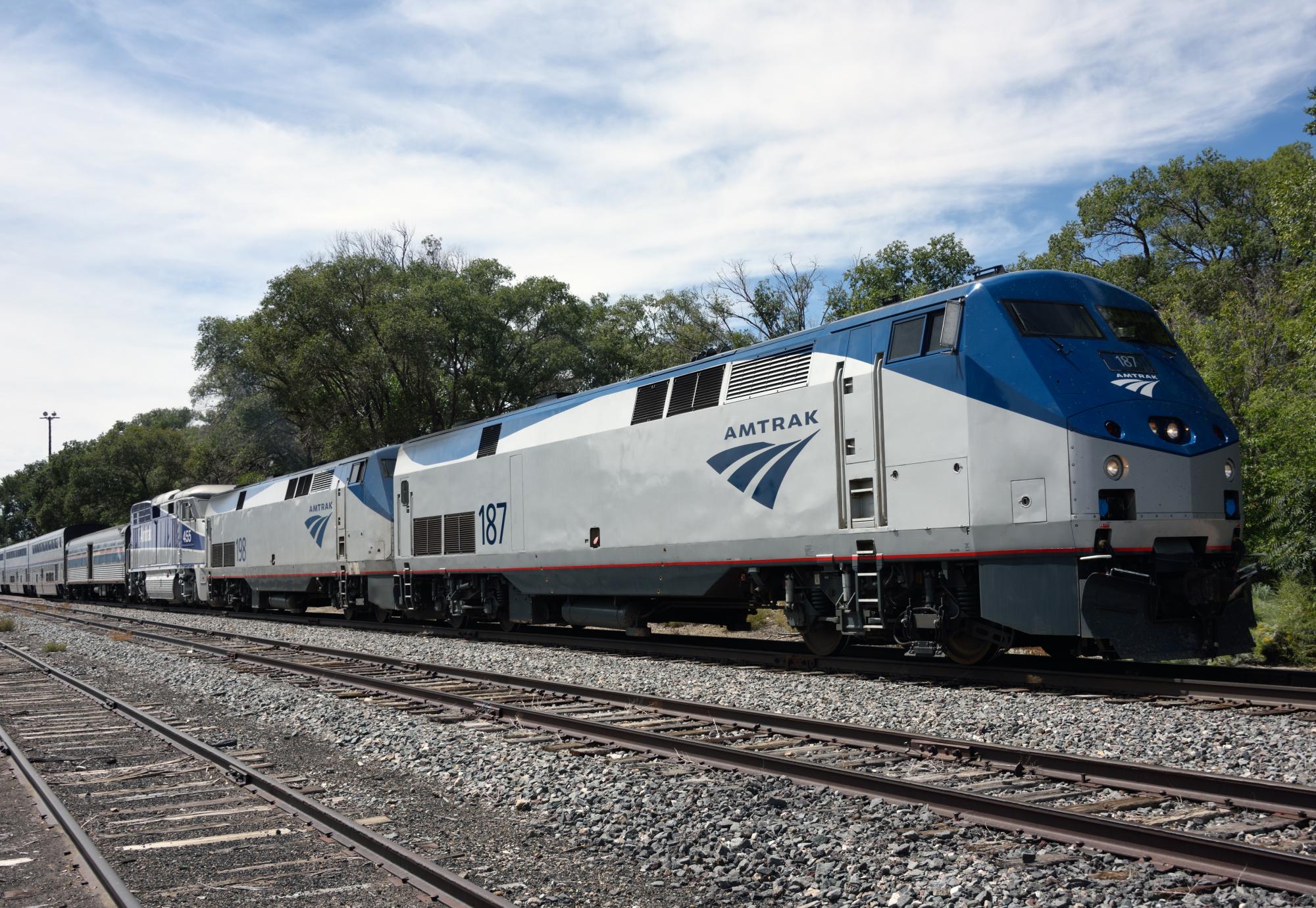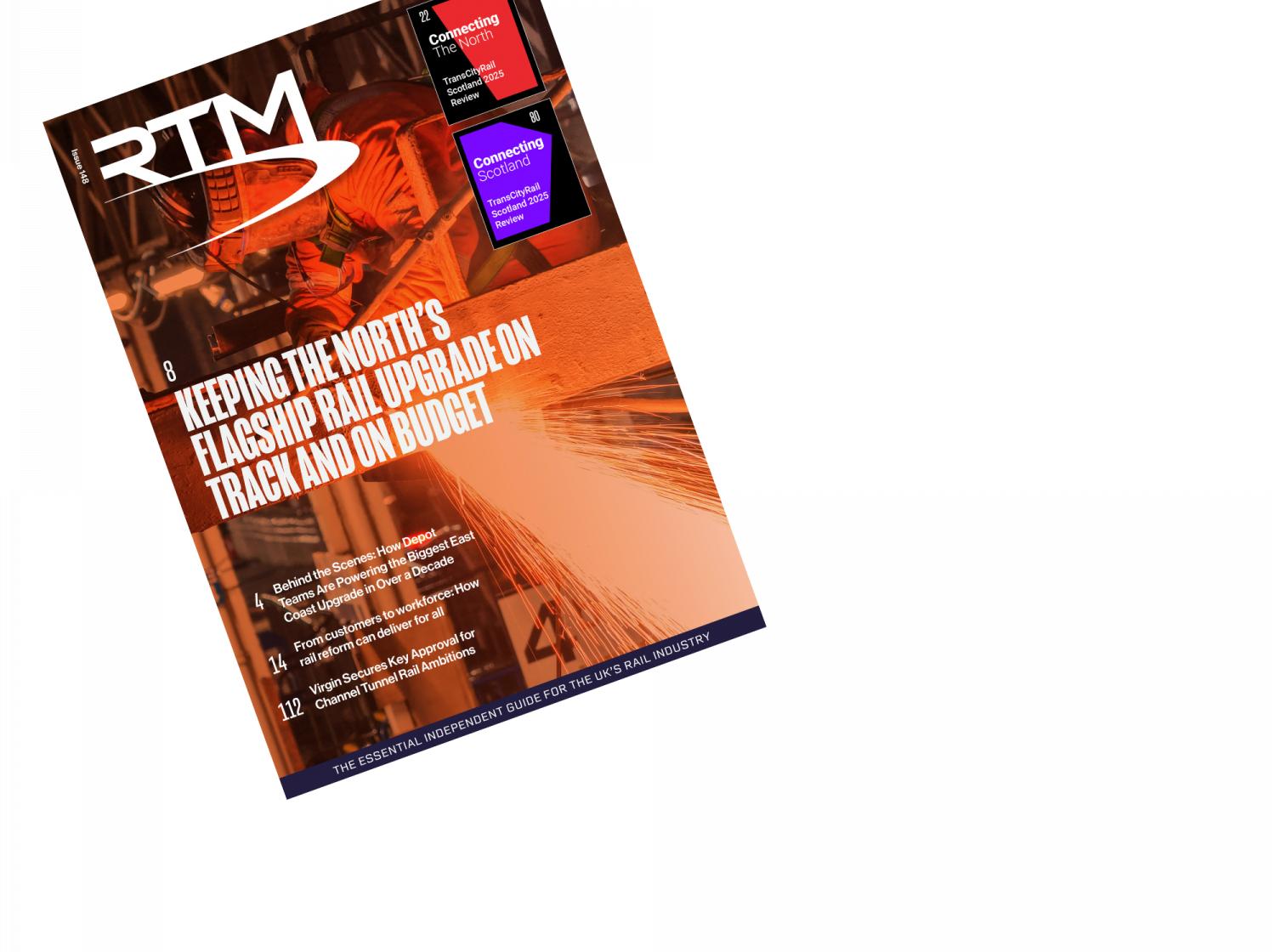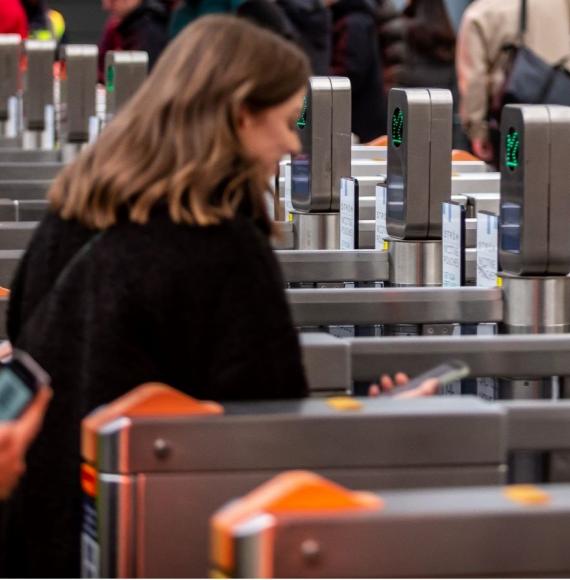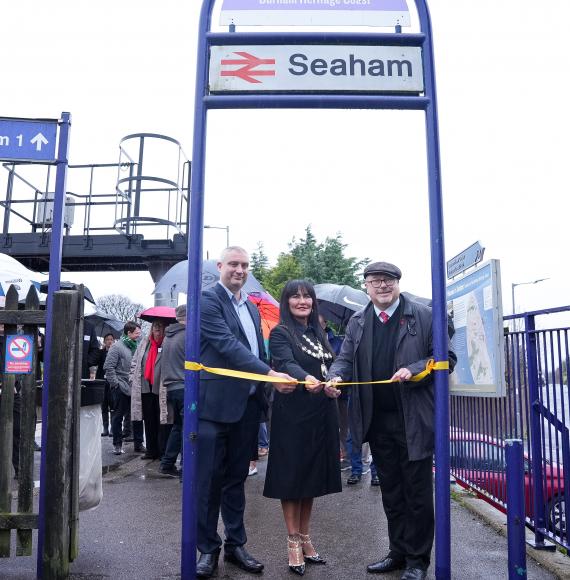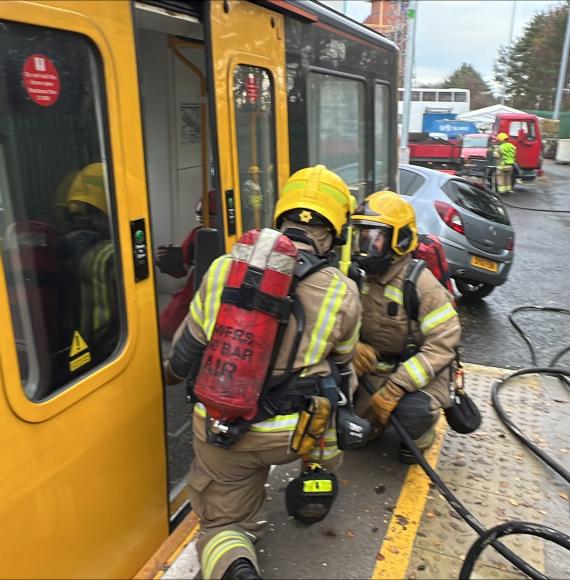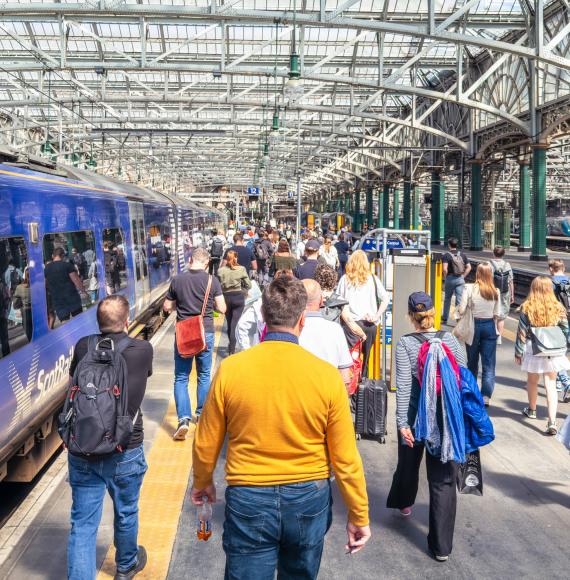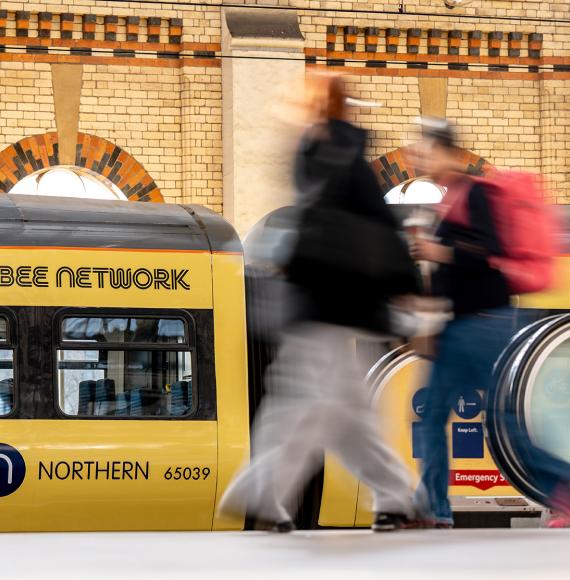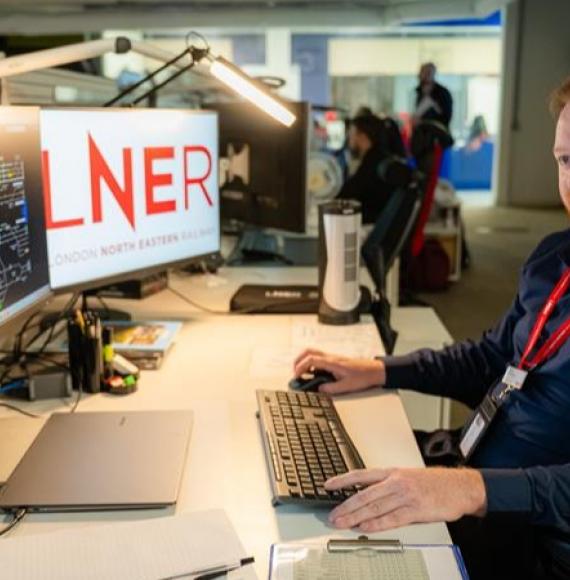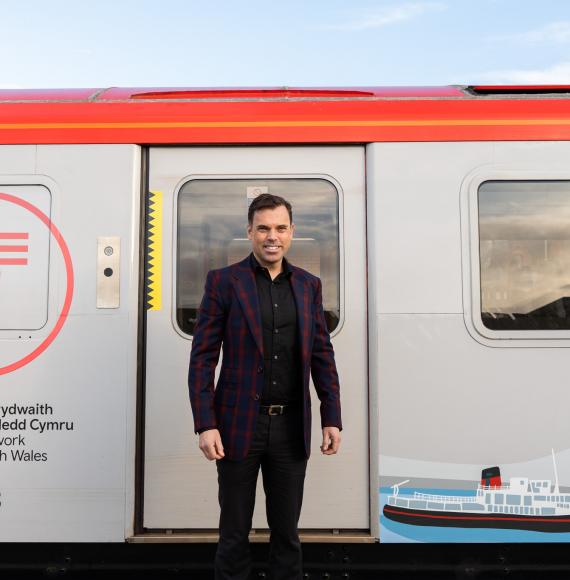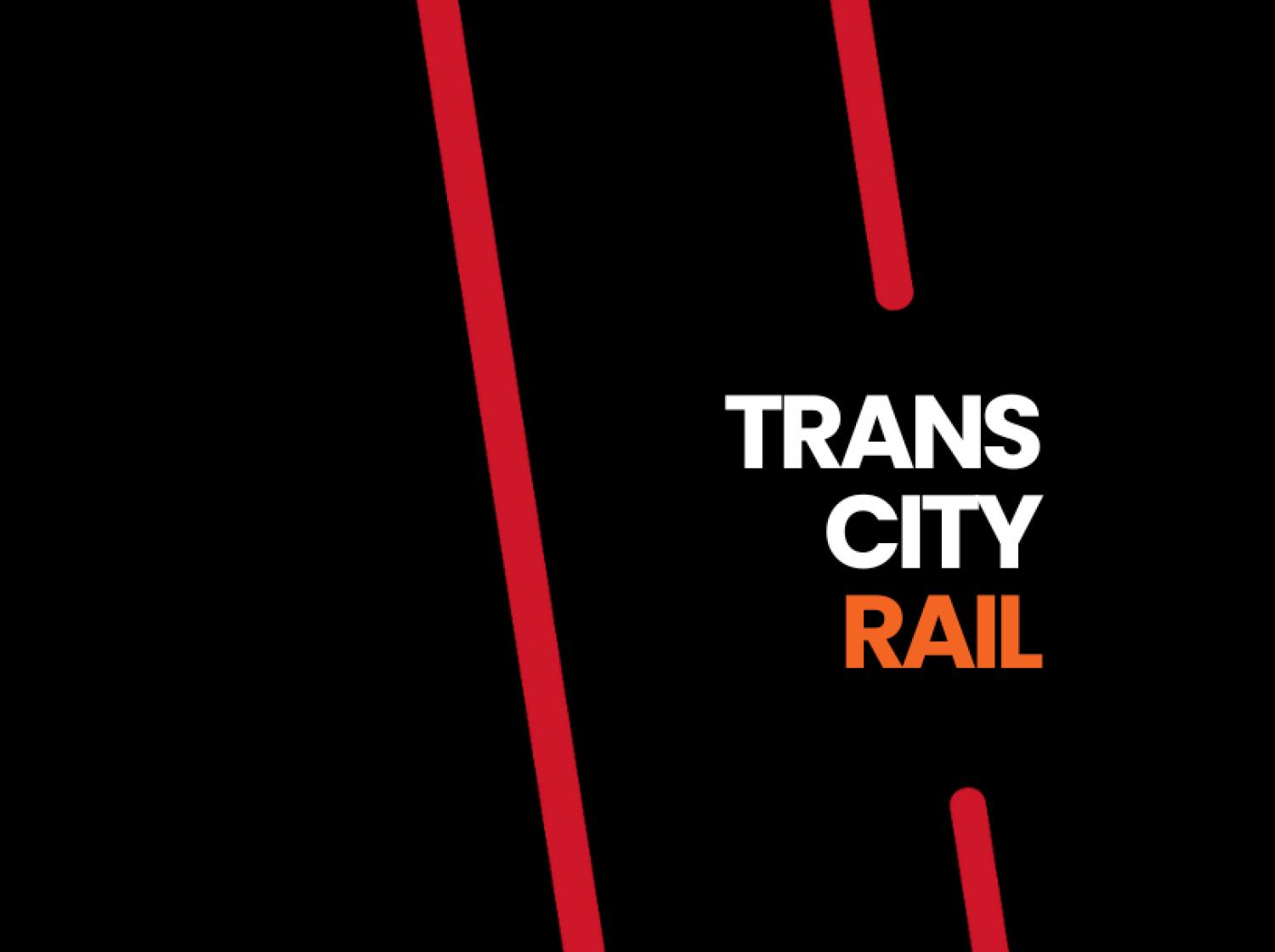The Federal Railroad Administration (FRA) in the United States has released an update on its Long-Distance Survey Study.
The latest report reveals greater detail concerning 15 proposed, or preferred, new long-distance rail routes to boost connectivity across the United States.
Amtrak currently provides service on 15 long-distance routes across the US, with significant financial support from the Federal Government. For the period of FY22 to FY26, the Government provided $36 billion to fund the expansion of intercity passenger rail services.
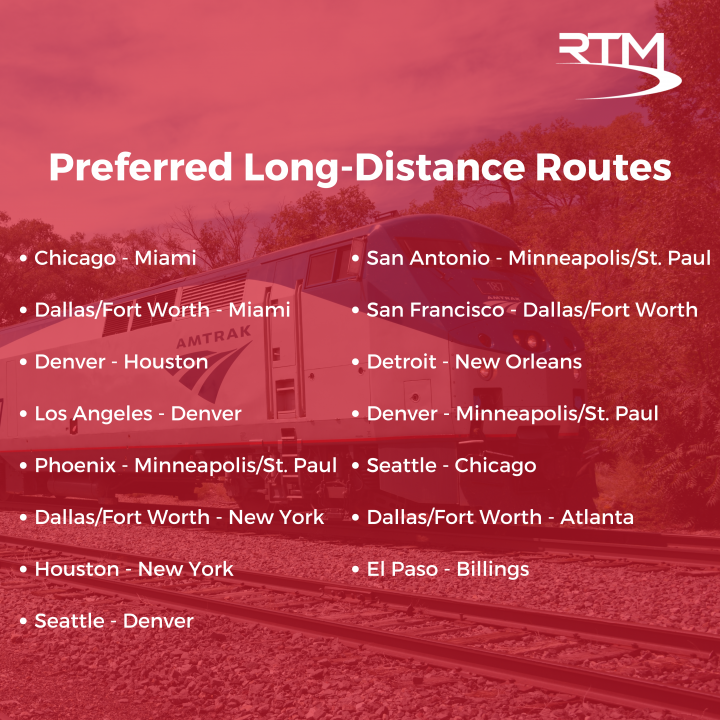
“Long-distance” means the route has a minimum length of 750 miles (1207 kilometres). Services typically operate once per day in each direction, with journey times of more than 12 hours. The longest of the proposed new routes would run between Seattle and Chicago at a length of 2,314 miles (3724 kilometres), with an approximate end-to-end journey time of 50 hours.
The FRA’s report establishes options for preferred additional long-distance services by examining existing needs, challenges and opportunities. It also identifies regions where new services could provide economic and social benefits.
The report demonstrates public support for restoring long-distance intercity passenger rail, with a public and stakeholder consultation collecting over 47,000 responses, 99% of which were positive.
If all 15 proposed preferred routes became reality, this would establish several new passenger rail hubs across the US, in cities including Denver, Dallas and Atlanta, where there would be two to three times more direct connections in comparison to the current situation. New York, Chicago and Los Angeles are already major passenger rail hubs.
The FRA report has rated all 15 of the preferred routes to inform the prioritisation of their implementation.
The proposed 1841-mile Houston-New York route scores the highest by some distance, based on its relative levels of complexity, benefit and cost. The Chicago-Miami and Dallas/Fort Worth-New York routes also score highly.
There is currently no sustained funding or programme to advance the development of preferred routes identified by the FRA’s study.
The next step in turning any of the preferred routes into a reality is to gather funding and construct a service development plan for each route.
Image credit: iStock

